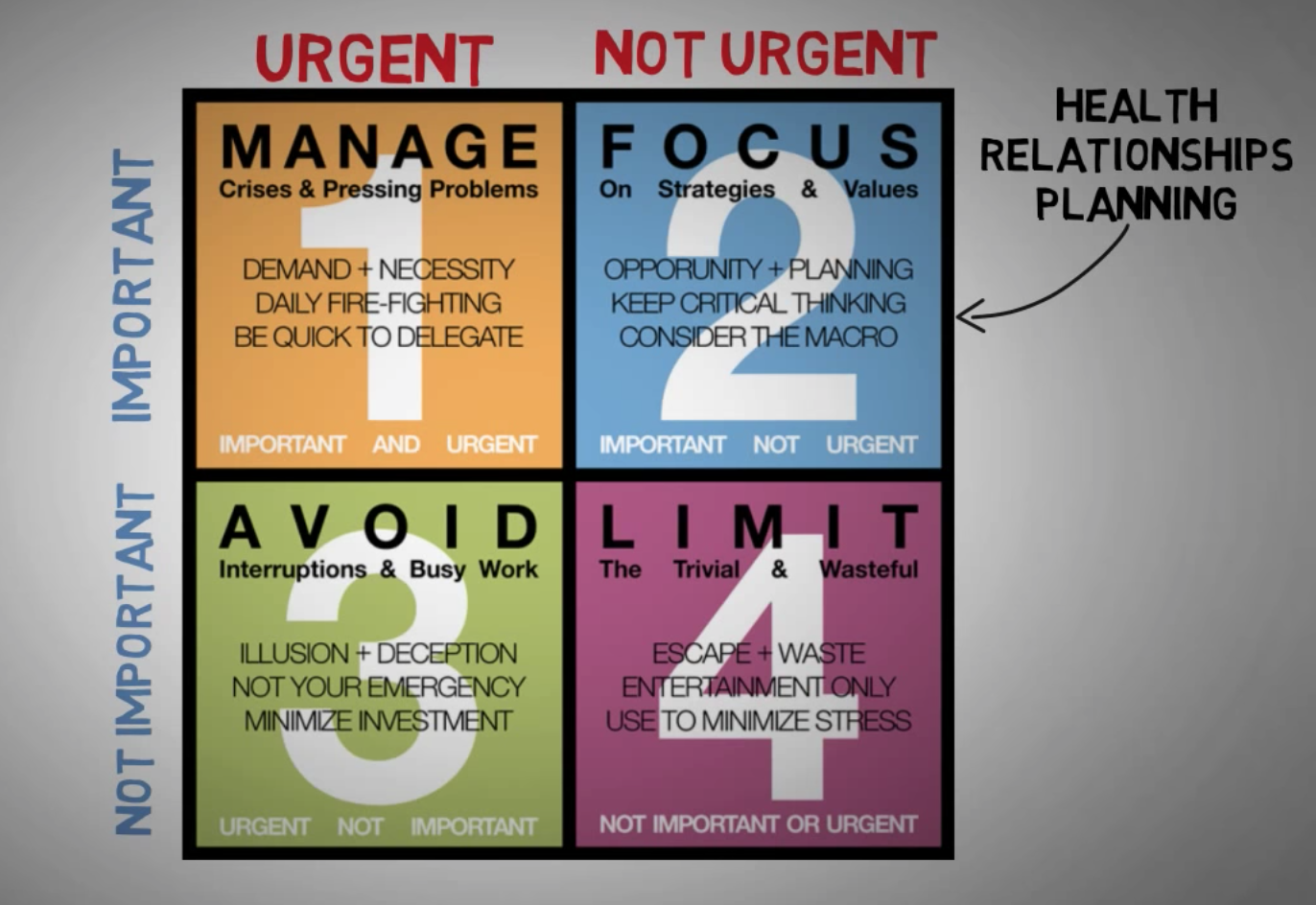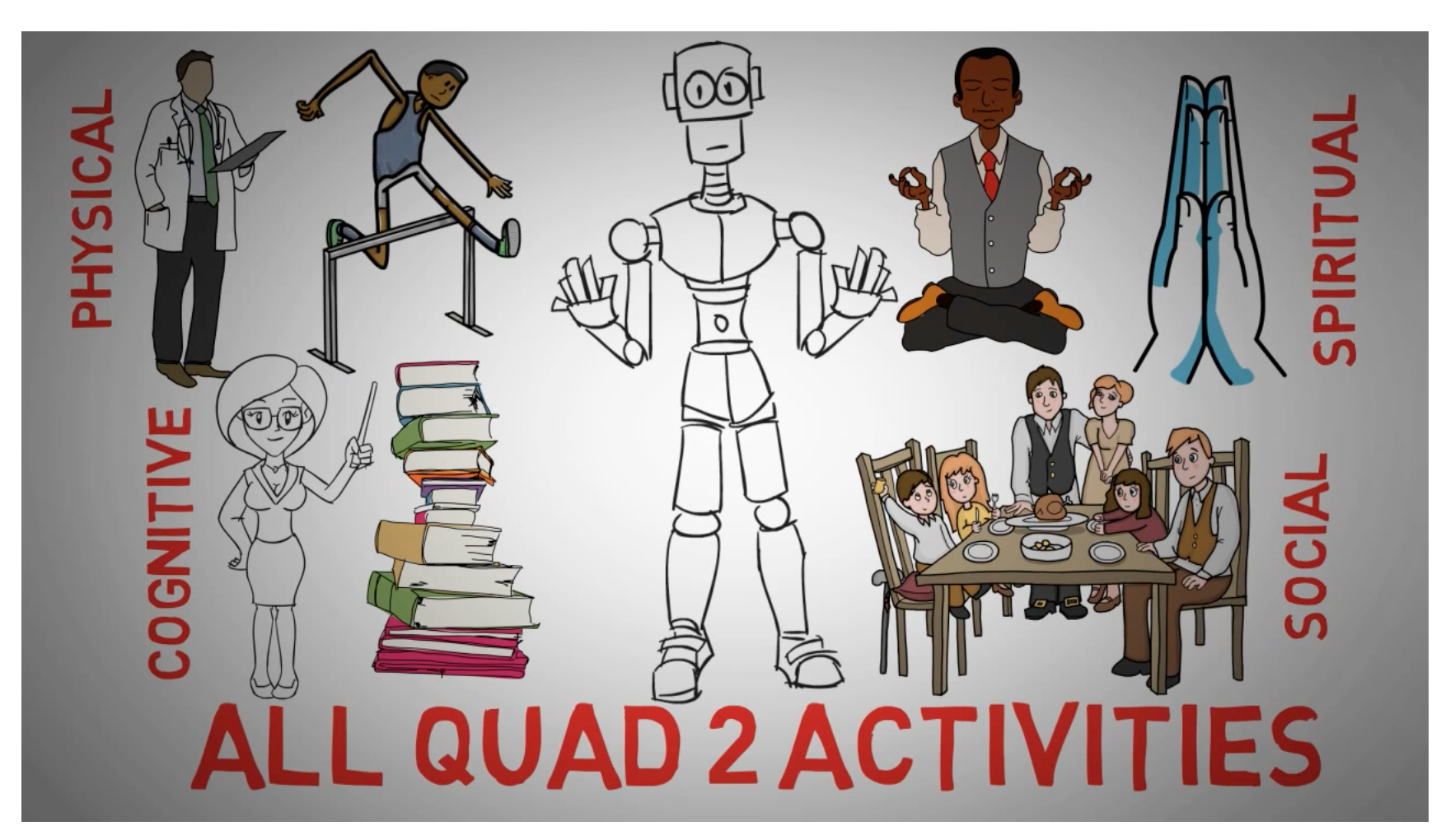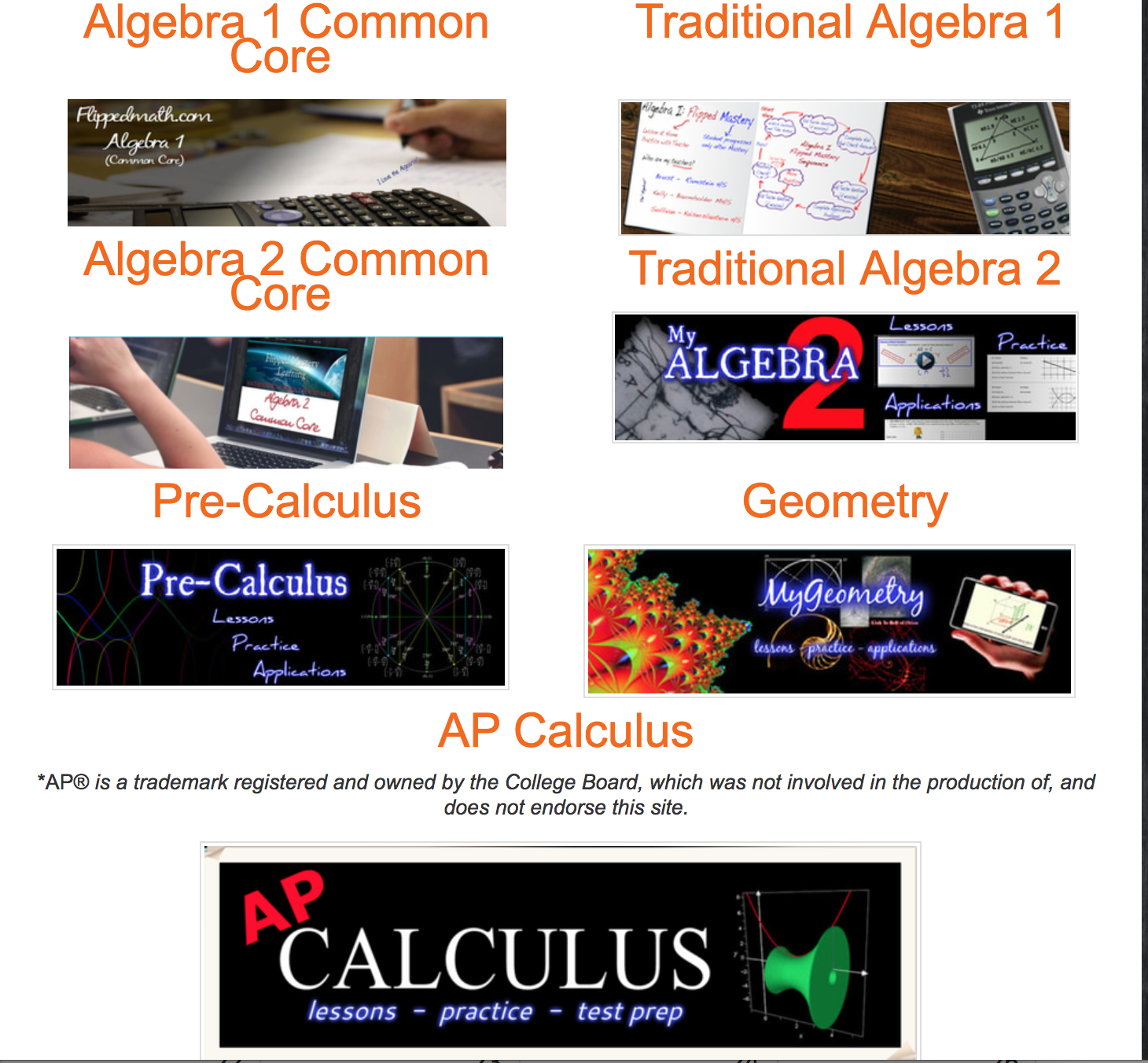Monthly Archives: September 2018
Nine Professional Dispositions of a Good Teacher
Do you know how to exercise? Do you exercise? Your answer might be “yes” to the first and “no” to the second. The first question asks about ability: Do you know the ways to exercise so as to do you some good? The second question goes beyond ability and asks about inclination: Are you disposed to exercise? Do you exercise regularly?
Professional dispositions are the principles or standards that underpin a teacher’s success in the classroom. They are the values, commitments, and professional ethics that govern how a teacher acts with students, families, colleagues, and communities.
https://education.wsu.edu/undergradprograms/teachered/professionaldisposition/
From Washington University
The Washington State Office of the Superintendent of Public Instruction (OSPI) mandates, through the Washington Administrative Code (WAC), that all certified educators must be “fit to teach” and “have the proper dispositions to teach.” The transformation of a person from one who merely possesses knowledge and technique into a superior teacher must include the development of characteristics such as a capacity for active and creative communication, a tendency to probe, and a willingness to explore topics from a variety of perspectives. Further, an outstanding educator must possess the desire to engage and encourage students who have a wide range of abilities, interests, and temperaments.
In order to provide the highest quality teacher force possible, Washington State University ’s College of Education has the responsibility of evaluating teacher effectiveness along a variety of dimensions. It uses many instruments and methods to assess the effectiveness of prospective teachers, to make certain they have the knowledge, skills and professional habits necessary to serve in the highly dynamic and complex classrooms of the 21st century.
Good teachers come fom widely different backgrounds, and have varied opinions, interests, and personalities. But some qualities, such as the ability to communicate clearly, are common to nearly all good teachers. On the other hand, it is hard to imagine a teacher being a success without possessing these qualities.
Likewise, students in Washington’s K-12 classrooms come from varied backgrounds. They have a wide range of abilities, different levels of prior knowledge, and vary in how they feel about learning and school. These young people grow and develop, sometimes slowly, sometimes with astonishing quickness. Each classroom, therefore, is a mix of dozens of competing interests, stages of development, and strategies for learning.
Even within a single student’s attempt to learn, a teacher may have to try several approaches before finding one that succeeds. A student may believe that she is “no good at math (or science or history or reading),” for reasons having nothing to do with her abilities.
With as many as a hundred different students and several different subjects to teach every day, teachers have an almost impossible mission. Yet we expect nothing less of them than success with every student.
In order to be successful—to leave, truly, no child behind—teachers must purposefully act in caring, fair, professional, respectful, and responsible ways.
Professional dispositions of good teachers
- Good teachers are active, respectful participants in discussions.
- Good teachers express themselves clearly and effectively.
- Good teachers listen thoughtfully and responsively.
- Good teachers engage in lifelong learning, aided by reflection and assessment of new information and ideas.
- Good teachers interact effectively, respectfully, and empathetically across a wide range of situations and people.
- Good teachers work to ensure system-wide high quality learning opportunities and experiences for all students.
- Good teachers seek understanding of complex issues in order to solve problems both independently and collaboratively.
- Good teachers are committed to mastering best practices informed by sound theory.
- Good teachers are responsible colleagues.
How is it possible to tell whether a person possesses these professional dispositions? By careful observation of their behaviors and actions. Is the teacher candidate a thoughtful, active listener? Does he or she participate in discussions, and is that participation respectful? Does the teacher candidate give help readily?
Excellence is a long, laborious process. It is not always easy to foretell which teachers will excel in their careers. But patterns of action that show up in the course of teacher preparation can be presumed also to show up later on the job. A person demonstrating promptness, courtesy, and scrupulous attention to detail in teacher preparation will likely act likewise when employed. A person habitually late, or rude, or careless in pre-service work will, in contrast, be likely to have trouble in a teaching position.
These are judgments about professional potential, not about persons or their opinions or beliefs. Institutions certifying teachers owe the state’s citizens their best judgment and keenest observations when making decisions that will have such profound future effects. The identification and evaluation of professional dispositions is a valuable tool for identifying and capturing important information about prospective teachers, to make sure that they are best prepared for their professional lives.
Read our Professional Disposition Assessment Form (PDA).
The issue of dispositions has been widely discussed. The President of NCATE (National Council for Accreditation of Teacher Education) has responded to claims in the press. Read the letter by NCATE President Arthur E. Wise.
See how our Professional Disposition Assessment (PDA) formcompares with state, national, and accreditation standards.
Professional disposition forms
PROFESSIONAL DISPOSITION ASSESSMENT (PDA)
PROFESSIONAL DISPOSITIONS EVALUATION FOR FIELD EXPERIENCES (PDEFE)
The Professional Dispositions Assessment (PDA) is the form used by the Department of Teaching & Learning to document a student’s disposition to be a teacher based upon their performance in the University classroom.
The Professional Dispositions evaluation for Field Experiences (PDEFE) is the form used to document a student’s dispositions during practicum/field experiences. The PDA form and the process used by the Department of Teaching and Learning have received national accolades.
The procedures for the forms vary depending upon a student’s tenure in the program and the circumstances that precipitated the documentation. For example, all students taking T&L 301 will receive a PDA indicating strengths and weaknesses (if any). In T&L 301, students will discuss the concepts of teacher dispositions. Later in the program, a professor may issue a PDA/PDEFE when specific behaviors are noted and must be documented.
If you have any questions about disposition or the PDA/PDEFE, do not hesitate to contact Chris Sodorff, Director of Field Services at csodorff@wsu.edu or 509-335-0925.
How to Become a More Effective Lifelong Learner: 15 Tips

Dr. Laura Hills, Blue Pencil Institute’s president, ends most of her live presentations and video programs by putting her index fingers to her temples and encouraging her audience to, “Keep on learning.” As an educator who has worked with career professionals and other adult learners for more than 30 years, Dr. Hills has made keep on learning her signature closing because she believes that lifelong learning is the single most important investment a career professional can make in his or her success.
As long as career professionals keep on learning, Dr. Hills says, they will become more productive, more effective, and more successful. And, through learning and improving, they will ultimately feel more rewarded, more fulfilled, and more enthusiastic their work and their lives. However, without learning, she warns, career professionals are in danger of faltering and stagnating. Eventually, she has observed, they are prone to becoming ineffective, bored, disheartened, and in some cases, sick.
Most career professionals get on board with Dr. Hills’ idea of lifelong learning pretty easily. However, actually being a lifelong learner is more challenging. There are many distractions and obstacles to learning and there is only so much time in the day. Many busy career professionals wonder how they can they make their learning a regular and focused part of their already jam-packed lives. Below are Blue Pencil Institute’s 15 tips for successful lifelong learning. Read on to learn what you can do to make lifelong learning your priority and a regular and consistent part of your life.
1. Make a conscious decision to be a lifelong learner. Don’t be content with what you know. Make a commitment to learn new ways to expand and to sharpen your personal and professional skills. Reading first rate tests, consuming excellent electronic media, and participating in engaging continuing education programs, from varied sources, will keep you informed, in touch with, and energized by new ideas – but only if you commit to your own learning.
2. Dare to dream big. If you have big dreams of going back to school or switching career paths altogether, don’t ignore them. Put these ideas on paper, share them with a few trusted individuals, and promise to explore what it would take to make these dreams a reality. At the very least, you’ll learn something new along the way. Even if this process doesn’t lead you to the actualizing the dream you first had in mind, it could lead you in a new and better direction for your life path than you initially envisioned.
3. Engage in work that encourages, requires, and/or supports your lifelong learning.Choose a career and an employer that encourages, fosters, and values your continual learning. If you are in a job that doesn’t have much intellectual freedom or if you work for an employer that doesn’t value learning, consider making a change.
4. Schedule a time for learning. We’re learning all the time, often without our knowing it. But when it comes to achieving our focused learning goals, our minds appreciate regularity and rhythm. Carve out a specific time each day, ideally, in the same place, to devote formally to your learning activities. Even 15 minutes a day for your learning can make a difference. Get rid of distractions like email and your cell phone during this time. Focus your attention on your learning goals and activities.
5. Use scraps of time or trapped time for learning. Always carry a text or another resource with you that you can turn to when you have small bits of time. Commuting time, time waiting for appointments, breaks from work, and other scraps of time can add up to powerful learning if you use them well.
6. Determine your learning style and preferences. Every career professional has his or her own way of learning new things. Some people are visual, auditory, musical, verbal, tactile, experiential, or logical learners. Some learn better in a classroom or in an online class with an instructor and interaction with peers; others learn better on their own. Choose lifelong learning resources that cater to your best learning style and your preferences.
7. Surround yourself with lifelong learners. The best way to stay motivated to learn is to surround yourself with people who are also learning. That doesn’t mean that your friends and colleagues must all be Einsteins or Edisons or that you must build networks of geniuses. However, it would serve you well to stay close to people who have a thirst for knowledge that refuses to be slaked. When you hang around such people, either face-to-face or through social media, their motivation to learn is bound to be contagious. They will encourage, push, support, and reinforce you as you explore your interests and continue to learn and grow.
8. Create a lifelong learning plan. A well-thought-out plan will help you make decisions about what to learn and when and how to learn it. It will enable you to identify resources, strategies, and goals for succeeding. Continually update, adjust, and modify your lifelong learning plan as your learning goals evolve.
9. Subscribe to and read professional journals and books. The information contained within is written by professionals and provides insights into the latest research, trends, and issues affecting your career and your life. Find time to keep current with what’s new in your profession, even if it’s only a few minutes each day.
10. Visit the library regularly, either the local public library or a college library. These visits offer the opportunity to read quality materials that may be unavailable any other way. College libraries are a great resource for professional or personal reference materials. Most college libraries have an open door policy and some offer opportunities for residents in the community to take out a limited number of resources.
11. Become a better browser. The Internet can be a treasure trove for lifelong learners, but it’s also easy to get stuck in a rut with your online reading. Make sure you read content from a wide range of sources and that you expose yourself to a variety of viewpoints. Ask your friends and colleagues what they regularly read on the Internet and integrate some of those sources into your regular reading as well.
12. Attend lectures. Attending lectures is a great alternative for career professionals who’d like to return to the classroom setting but don’t have the time to devote to an actual class. If you live near a college or university, you should have no trouble finding lectures the public can attend. Resources like TED and Coursera offer a wide range of online lectures and programs for free. Trade and professional associations also can be good sources for lectures. If possible, attend lectures with others. Being able to discuss what you learned with someone else will help you retain the content of the lecture and open you to new interpretations and ideas.
13. Teach with others and to others. Every teacher is a cleverly-disguised student. If you commit to teaching a subject or skill you don’t already know inside and out, you’ll learn a tremendous amount about it as you prepare your program. Volunteer to teach formally or informally and watch your own learning skyrocket.
14. Try new things — often. Step out of your comfort zone and try new things. Open new doors and gain new experiences. Broaden your horizons. What is something new you can try this month? Write it down and make it a point to do something about it this week.
15. Repeat, repeat, repeat. We build and maintain connections in our long -term memory over time. If you want to master a new subject area or skill, there is simply no substitute for repetition, review, and practice. Of course, this can’t just be mindless, mechanical repetition. You need to focus your attention — and ideally, your passion — on the material you are trying to learn.
Download How to Become a More Effective Lifelong Learner: 15 Tips
© Blue Pencil Institute. LLC, www.bluepencilinstitute.com
Teach yourself Mathematics via Flipped Classroom!
Merging Is All About Flow
Merging is difficult for most people, apparently. Remember that you’re part of a whole traffic flow, not just a single car against many others. Reader Grrrowler has a few simple rules for merging.
Merging seems to flummox many people. There are a few very simple rules for merging:
1. It’s impossible to merge when going significantly faster or significantly slower than the traffic you’re merging with. Slowing down to 20 when traffic is doing 65 doesn’t make the merge safer.
2. Two vehicles cannot occupy the same space on the road at the same time. If there’s a car next to you, you can’t merge there. You need to slow down or speed up. It’s not incumbent on the traffic in the travel lanes to make room for you (although it can be the polite thing to do).
3. A turn signal is an indicator of your wish to move to another lane, a request if you will. It is not a divine right to simply move into the next lane regardless of how it will affect other drivers. If you’re not sure what turn signals are or how to use them, then we have a whole other problem.
4. Once you’re on the freeway, speed up to move with existing traffic! Just because you were doing 45 on the entrance ramp doesn’t mean you should do 45 on the freeway. If you want to travel at surface street speeds, then stay on the surface streets.
Suggested By: Thunder and Brian, The Life of, Photo Credit: Cliffski
Make A Personal Paradigm Shift
$1000 Grant
Hi ,
My name is Jason and I’m a Communications Specialist for The Connection on Internet.frontier.com – a Frontier authorized dealer.
I’m reaching out to let you know that we are currently running a $1,000 grant for two K-12 teachers and college professors. To apply, instructors need to submit either an essay or video on how they, as educators utilize social media platforms to enhance the learning experience of their students.
More information about this opportunity can be found here: https://internet.frontier.com/resources/grantsscholarships/social-media-in-the-classroom-grant/
The application deadline, December 3rd, 2018, is fast approaching. If you would add this grant information to your Educational Resources page, it would be much appreciated. We don’t want any teachers missing out on this opportunity.
If you have any further questions, please feel free to contact me.
Kind regards,
Jason Linton
Communications Specialist | The Connection
Internet.Frontier.com.com | Frontier Authorized Retailer
100 Waxhaw Pkwy | Waxhaw, NC – 28173
jlinton@frontierinternet.com



